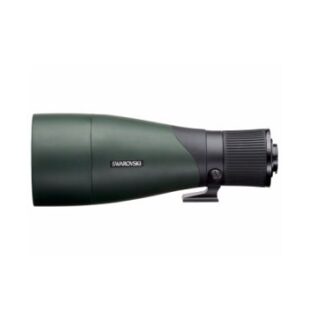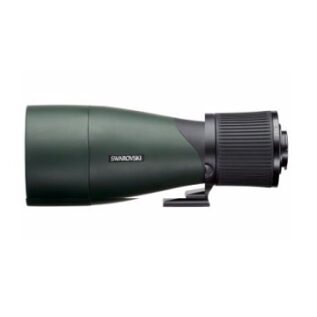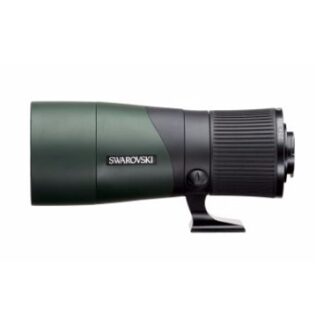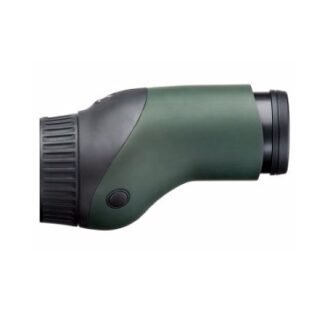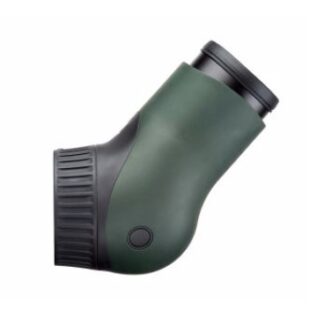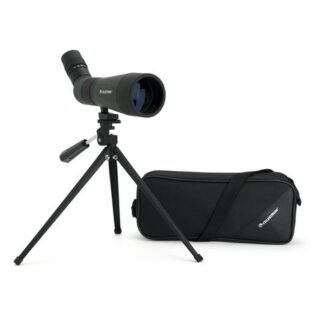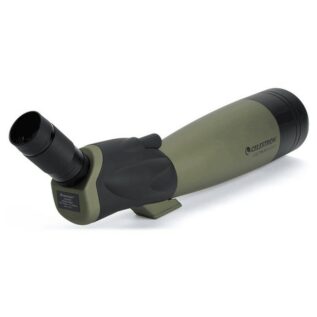How to Choose a Spotting Scope
If you are an outdoor enthusiast, a birder, a hunter, or a nature lover, a spotting scope is an indispensable tool to have. A spotting scope is a portable and powerful optical device that allows you to observe distant objects in high detail and clarity. But with so many options on the market, how do you choose the right one for your needs? In this comprehensive guide, we will walk you through the key factors to consider when choosing a spotting scope.
Understanding Spotting Scopes
A spotting scope is a type of telescope that is specifically designed for terrestrial viewing. It is used to observe wildlife, birds, landscapes, and other distant objects. A spotting scope consists of a long, straight or angled tube that houses a series of lenses and prisms, which magnify the image and transmit it to the user's eye.
Magnification and Objective Lens
The magnification and objective lens are two of the most important factors to consider when choosing a spotting scope. The magnification refers to the degree to which the image is enlarged, and the objective lens is the diameter of the front lens element. A higher magnification and larger objective lens will allow you to see farther and in more detail, but it also means a heavier and bulkier scope. The ideal magnification and objective lens will depend on your intended use and personal preferences.
Aperture and Exit Pupil
The aperture and exit pupil are two other important optical parameters to consider. The aperture is the size of the objective lens and determines how much light can enter the scope. A larger aperture will provide brighter and clearer images, especially in low light conditions. The exit pupil is the diameter of the light beam that exits the eyepiece and enters the user's eye. A larger exit pupil will provide a more comfortable viewing experience, especially for extended periods of time.
Field of View and Eye Relief
The field of view and eye relief are two other factors to consider when choosing a spotting scope. The field of view refers to the width of the area visible through the scope, usually measured in feet at a distance of 1000 yards. A wider field of view is beneficial for tracking moving objects and scanning large areas. The eye relief is the distance between the eyepiece and the user's eye and determines how much of the field of view can be seen. A longer eye relief is beneficial for eyeglass wearers and for comfortable viewing.
Focus and Diopter Adjustment
The focus and diopter adjustment are two other important features to consider. The focus mechanism allows you to adjust the sharpness and clarity of the image, while the diopter adjustment allows you to fine-tune the focus for your specific vision. A smooth and precise focus mechanism is essential for quick and easy adjustments, especially when observing moving objects or changing distances.
Prism System
The prism system is another critical component of a spotting scope. There are two main types of prism systems: roof prism and porro prism. Roof prism systems are more compact and durable, while porro prism systems provide a wider field of view and better depth perception. The quality and coating of the prisms will also affect the brightness, contrast, and color accuracy of the image.
Lens Coatings
The quality and coatings of the lenses are critical factors in determining the image quality of a spotting scope. Lens coatings help reduce glare, improve light transmission, and enhance color accuracy. Look for scopes with multi-coated or fully multi-coated lenses, which provide superior light transmission and clarity.
Build Quality and Durability
A spotting scope is an investment, so you want to ensure it is built to last. Look for scopes with a durable and sturdy construction, which can withstand the rigors of outdoor use. The scope should also be waterproof, fog proof, and shockproof to protect it from the elements and accidental drops.
Size and Weight
The size and weight of a spotting scope will depend on your intended use and personal preferences. If you plan to hike long distances or travel frequently, you may want to consider a more compact and lightweight scope. However, larger scopes with bigger objective lenses may offer better image quality and magnification.
Accessories and Compatibility
Many spotting scopes come with accessories such as carrying cases, lens covers, and tripod mounts. Make sure the scope you choose is compatible with the accessories you need. Also, consider the compatibility of the scope with your existing gear, such as cameras, binoculars, or tripods.
Budget
Spotting scopes can range in price from a few hundred Rands to several thousand Rands. Determine your budget before shopping and look for scopes that offer the best value for your money. Don't compromise on quality, but also don't overspend on features you don't need.
Brand and Reputation
Choose a spotting scope from a reputable and well-known brand, which offers good customer support and warranty. Do some research and read reviews from other users to get an idea of the scope's performance and reliability.
Frequently Asked Questions
Do I need a spotting scope if I already have binoculars?
Yes, a spotting scope offers greater magnification and detail than binoculars, which makes it ideal for observing distant objects such as birds or wildlife.
Can I use a spotting scope for stargazing?
While a spotting scope is designed for terrestrial viewing, it can also be used for stargazing. However, a telescope may be a better choice for astronomy purposes.
Should I choose an angled or straight spotting scope?
This depends on your personal preferences and intended use. An angled scope is more comfortable for extended viewing and allows for more flexible positioning. A straight scope is easier to use for quick and precise observations.
Can I use my spotting scope for photography?
Some spotting scopes can be used for digiscoping, which is a technique that allows you to attach a camera to the scope and take photos. Make sure the scope you choose is compatible with your camera and has good image quality.
What is the best spotting scope for birding?
There is no one-size-fits-all answer to this question, as it depends on your personal preferences and budget. However, look for scopes with high magnification, good image quality, and a wide field of view, which are ideal for birding.



